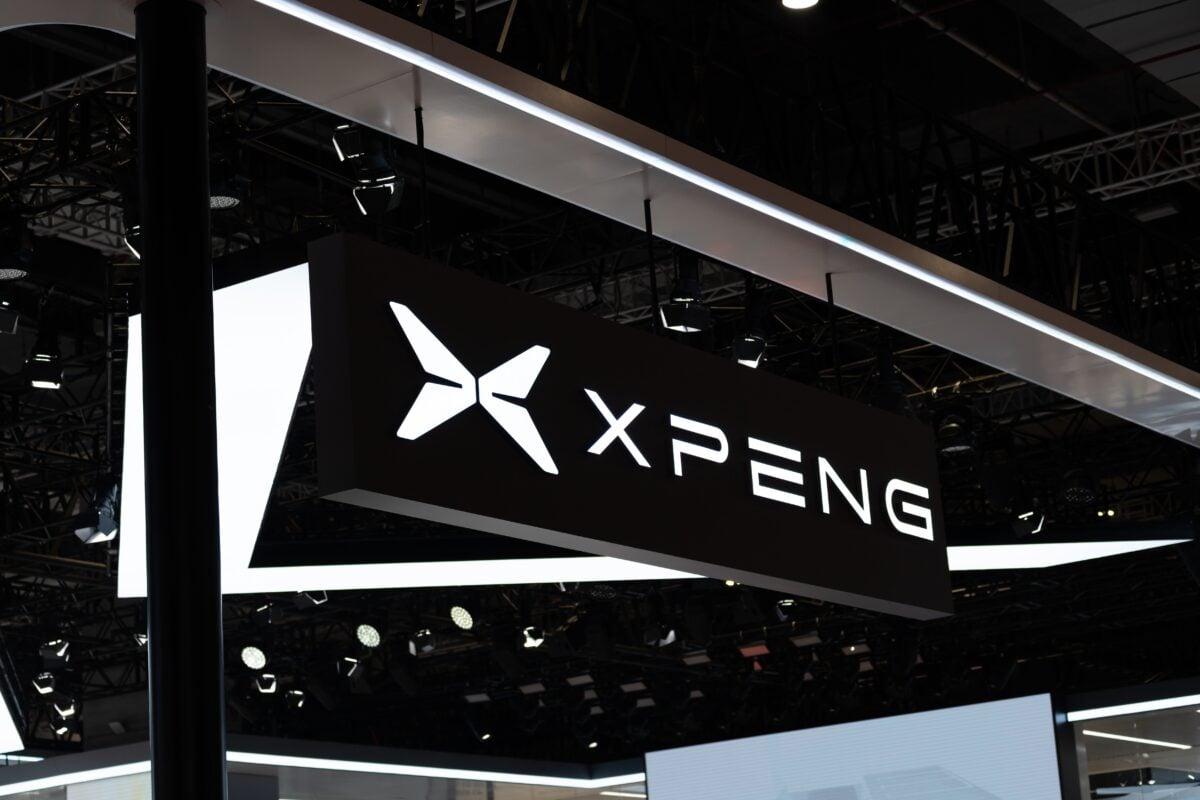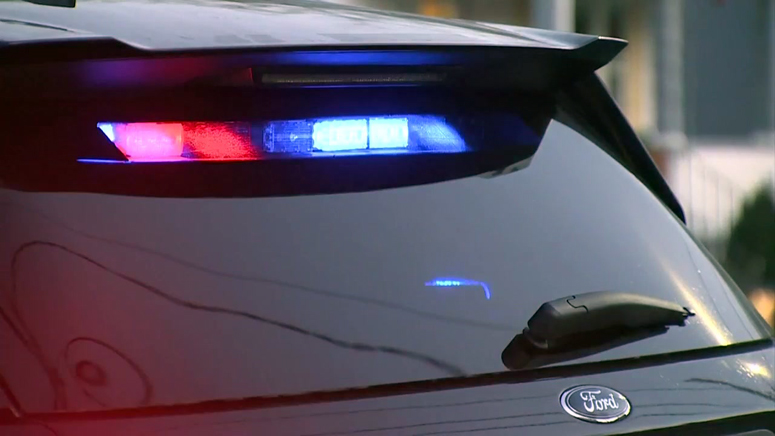**Xpeng Unveils Three Robotaxi Models and Second-Generation Humanoid Robot Launching in 2026**
At its Wednesday AI Day event in Guangzhou, electric vehicle manufacturer Xpeng announced ambitious plans to launch three robotaxi models in 2026. This move marks a significant pivot for the company, accelerating its timeline by more than half due to faster-than-anticipated advancements in artificial intelligence technology.
### Powerful In-House Turing AI Chips Power Robotaxis
Each robotaxi will be equipped with four proprietary Turing AI chips developed in-house by Xpeng. These chips deliver an impressive computing power of 3,000 TOPS (trillions of operations per second), which the company claims is the highest worldwide for in-car systems.
Powered by Xpeng’s second-generation vision-language-action AI model, the robotaxis can process visual information to enable Level 4 autonomous driving through Xpeng’s Canghai AI platform. This setup was recently demonstrated in public-road testing approval for the G9 SUV in Guangzhou in 2022, with footage showing the X9-based robotaxi successfully interacting with pedestrians and displaying trip information on dual external screens.
### Accelerated Timeline Reflects AI Advances
Co-president Brian Gu confirmed that the original five-year timeline for robotaxi deployment has been cut in half. The rapid evolution of AI and computing power fueled the decision to accelerate their plans significantly, aiming for a full launch in 2026.
### Collaboration with Alibaba to Enhance Robotaxi Services
Xpeng has teamed up with Alibaba to bring its robotaxi services to Alibaba’s AutoNavi mapping division and Amaps ride-hailing platform. Testing will begin in Guangzhou next year, with plans to expand to additional Chinese cities throughout 2026. This partnership positions Xpeng in direct competition with existing players like Pony.ai, WeRide, and Baidu, which already operate robotaxis in select Chinese markets.
### Dual Robotaxi Segments for Commercial and Personal Use
Xpeng’s robotaxi strategy divides the models into two segments:
– **Commercial Vehicles:** Designed to serve ride-sharing customers.
– **Personal Autonomous Cars:** Catered towards families seeking private transportation.
The vehicles will feature external displays behind sun visors to communicate speed, charging status, and trip details to pedestrians and other drivers, enhancing interaction and safety on the roads.
### Global Expansion and Regulatory Considerations
While optimistic about worldwide robotaxi deployment in the future, Brian Gu acknowledged significant regulatory hurdles remain. He emphasized that although global expansion is the ultimate goal, it will require time to navigate varying international laws and standards.
### Second-Generation Iron Humanoid Robot Set for Mass Production
In addition to robotaxis, Xpeng showcased its second-generation Iron humanoid robot, with mass production starting by late 2026. The company envisions initial deployments as tour guides, sales assistants, and office building guides, primarily within Xpeng’s own facilities.
CEO He Xiaopeng noted that widespread household use is still distant, citing low factory labor costs in China as a limiting factor for current industrial applications. The humanoid robot will operate on three Turing AI chips and be powered by a solid-state battery. Buyers will have customization options for body shape and hairstyle.
### Vision for the Future: Robot Sales Surpassing Vehicle Sales
Highlighting the company’s confidence in its AI-driven products, He Xiaopeng forecasted that robot sales will exceed vehicle sales within the next decade, signaling a transformative shift in Xpeng’s business model and the broader mobility market.
### Innovation and Competitive Edge
Brian Gu also pointed out that Xpeng has a history of pioneering flying cars and robots before Tesla entered those fields. However, he acknowledged Tesla’s strength in marketing and commercializing innovative technologies.
—
Xpeng’s recent announcements highlight the company’s aggressive push into AI-powered autonomous vehicles and robotics, positioning it as a significant player in the future of mobility and intelligent automation. With strong in-house technology, strategic partnerships, and accelerated project timelines, Xpeng is poised to reshape transportation and service robots over the coming years.
https://blockonomi.com/xpeng-xpev-stock-alibaba-partnership-brings-robotaxis-to-chinese-markets/



